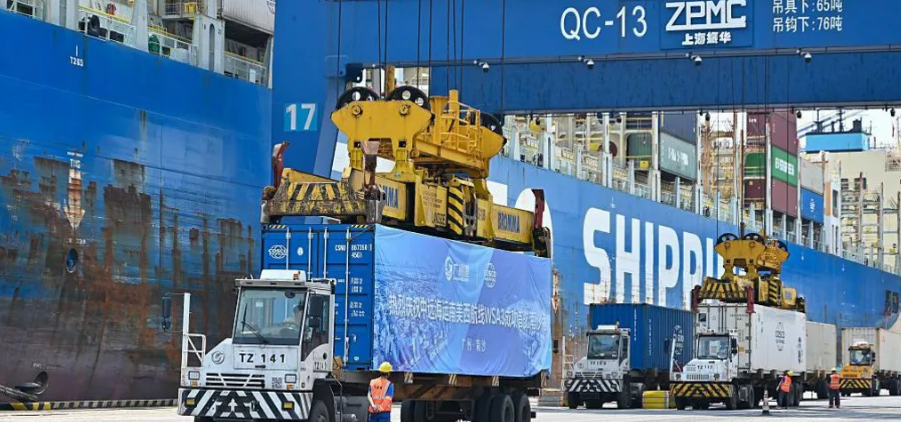Imports into the United States plummeted by 20% in April, marking the steepest monthly decline on record, according to new data from the U.S. Commerce Department. The dramatic drop comes as businesses reel from a sweeping wave of tariffs reimposed by President Donald Trump since his return to office in January.
The decline reflects the sharp slowdown in trade activity following a surge earlier this year, when firms rushed to stockpile goods ahead of the promised tax hikes. The latest figures show U.S. purchases from major partners like China and Canada have fallen to their lowest levels since 2020 and 2021, respectively.
“The April trade report indicates the impact from tariffs has well and truly arrived,” noted Oxford Economics, though the firm urged caution in interpreting the data due to the distortion caused by the earlier import spike.
The plunge in goods imports contributed to a record monthly narrowing of the U.S. trade deficit, cutting the gap between imports and exports in half. Analysts say the latest developments underscore how quickly trade dynamics can shift in response to tariff policy.
Since January, President Trump has implemented a series of tariff increases, including a blanket 10% duty on most imports and targeted hikes on steel, aluminum, cars, and select products from countries such as China, Canada, and Mexico. While some of the most severe tariffs were temporarily suspended for 90 days to allow for negotiations, the effects are already being felt across multiple industries.
In Mexico, steel exports to the U.S. reportedly dropped by 50% last month. In Canada, the national trade deficit widened to a record C$7.1 billion in April as exports to the U.S. declined for a third consecutive month.
The fallout is visible across sectors. Imports of passenger cars fell by a third between March and April, while shipments of pharmaceuticals, cell phones, toys, apparel, and furniture also declined.
Despite the disruption, the White House maintains that the tariffs are aimed at revitalizing American manufacturing and strengthening the U.S. position in trade talks. President Trump and Chinese President Xi Jinping spoke by phone on Thursday in a bid to prevent further deterioration of trade relations. Trump later described the conversation as “very good” and confirmed that negotiations would continue.
Still, concerns persist over the broader economic impact. The U.S. now faces its highest average tariff rate since the 1930s, raising fears of a sustained slowdown in global trade and uncertainty for industries dependent on cross-border supply chains.


